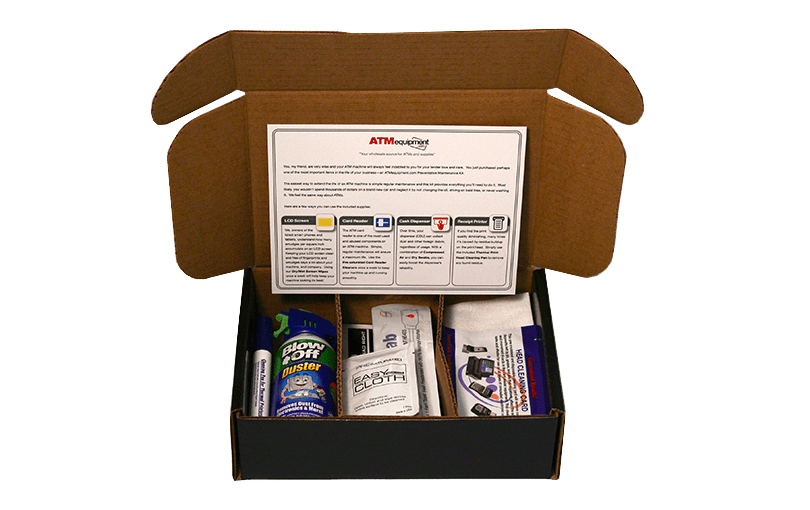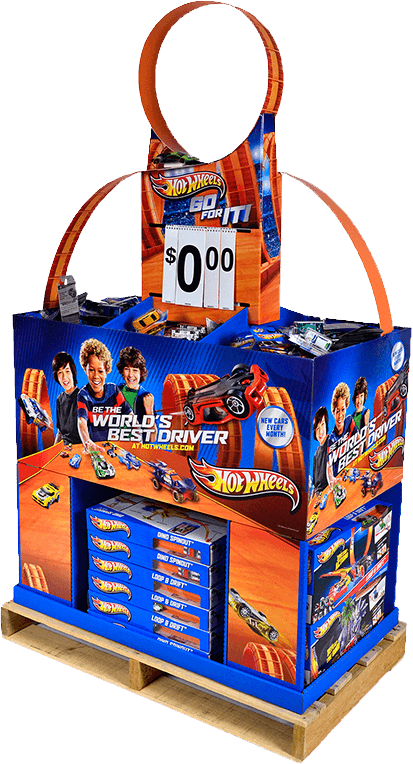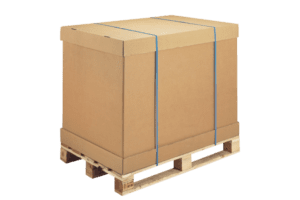Home » The Importance of Ease of Assembly in Packaging
The Importance of Ease of Assembly in Packaging

In the fast-paced world of retail and e-commerce, the ease of assembly in packaging plays a pivotal role in the overall efficiency and customer satisfaction. Simple and efficient packaging is not just a convenience; it’s a crucial factor that can significantly impact a business’s operational efficiency and the customer’s unboxing experience. This blog post explores the various aspects of ease of assembly in packaging and its wide-ranging implications.
Why Ease of Assembly Matters
The efficiency of packaging assembly directly affects the speed and cost of the production process. For businesses, especially those with high-volume shipments, packaging that is quick and easy to assemble can lead to significant time and cost savings. Moreover, for the end consumer, easy-to-assemble packaging enhances the unboxing experience, contributing to overall satisfaction and brand perception.
Implications for Operational Efficiency
- Reduced Labor Costs: Packaging that is simple to assemble requires less manual labor, reducing the cost of packaging operations.
- Faster Turnaround Times: When packaging can be assembled quickly, products can be packed and shipped out more rapidly, increasing the throughput of orders.
- Minimized Error Rates: Simplified assembly processes reduce the likelihood of errors during packaging, leading to fewer returns and customer complaints.

Enhancing Customer Experience
- User-Friendly Unboxing: Easy-to-assemble packaging also means easy-to-open packaging. A hassle-free unboxing experience is highly valued by customers and can be a deciding factor in repeat purchases.
- Brand Perception: Packaging that is thoughtfully designed for easy assembly reflects positively on a brand, enhancing its reputation for customer-centricity and innovation.
Sustainability Benefits
- Reduced Material Usage: Efficiently designed packaging often uses fewer materials, which is not only cost-effective but also environmentally friendly.
- Increased Recyclability: Simplified packaging structures are generally easier to disassemble and recycle, aligning with growing consumer demands for sustainable packaging solutions.
Innovation in Packaging Design
- Design for Assembly: The focus on ease of assembly has led to innovative packaging designs. For instance, self-locking mechanisms, intuitive folds, and interlocking tabs eliminate the need for additional packing materials like tape or staples.
- Material Innovations: Advances in materials also contribute to ease of assembly. Lightweight, flexible, yet sturdy materials can simplify the packaging process while ensuring product protection.

Tailoring to Product Needs
- Customized Solutions: The ease of assembly should be considered alongside the specific requirements of the product. For fragile or high-value items, the packaging might need additional protective features, which should be integrated without complicating the assembly process.
- Versatility: Ideally, packaging should be versatile enough to accommodate various product sizes or types, without compromising on the ease of assembly.
The Role of Automation
- Automated Packaging Lines: In larger operations, packaging assembly is often automated. The design of packaging needs to be compatible with automated systems, which can further enhance efficiency and reduce labor costs.
If you are interested in improving the ease of assembly of your packaging, then partner with Brown Packaging today to get started.
Shifting packaging production from China to the U.S. can help stabilize costs, reduce tariff exposure, and shorten lead times. But the transition process requires careful
RSC boxes are known for their efficiency and versatility, but their performance ultimately comes down to strength. Buyers often see numbers like ECT, BCT, and
In packaging, foam isn’t just about initial protection — it’s about maintaining performance over the entire shipping or storage cycle. Compression set and recovery characteristics
Pouches are a go-to for flexibility and convenience, but they can fail in critical ways—from poor seals to punctures and delamination—that hurt performance and brand
In the retail environment, the placement of Point of Purchase (POP) displays is just as critical as their design and content. Strategic positioning can significantly
Choosing the right foam density isn’t about “soft” versus “hard” — it’s about controlling shock transmission and matching the foam’s cushioning curve to the product’s
Home » The Importance of Ease of Assembly in Packaging

Medical device packaging plays a crucial role in protecting products, ensuring sterility, and enhancing user confidence. Beyond just functionality, packaging influences customer perception, which can

Point-of-purchase (POP) displays do more than attract shoppers—they must also survive the complexities of modern supply chains. From manufacturing and warehousing to transportation and in-store

In e-commerce, the customer experience doesn’t end with the sale—it often continues through the returns process. With many customers expecting hassle-free returns, especially during the


